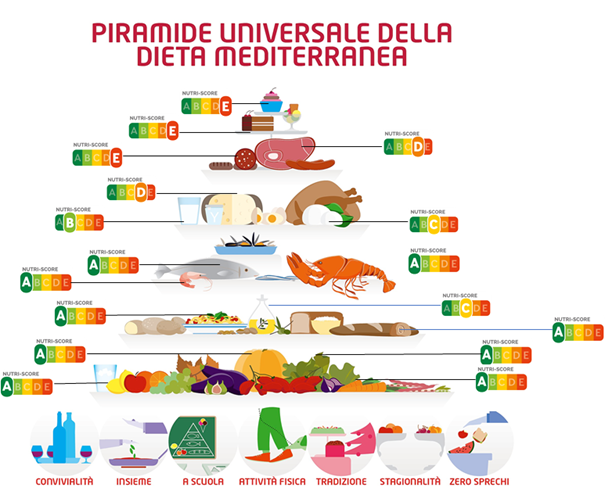Roadmap for the future The file is already signed european house ambrosetti, Focus attention on sustainability, the Mediterranean diet and food consumption in our country, making a comparison between the pre- and post-Covid phases. In the post-pandemic period, Italians decided to reward the “quality” of spending on food and buy 10.5% more certified sustainable foods, +7.5% organic foods and zero kilometer foods while reducing ready-to-eat and packaged foods (-5.2%) and fast food (-4.4%) ).
The good news They continue when it turns out that 80% of consumers would spend something more on a sustainable product, even if there is uncertainty about the meaning of the word. For 73% of people, a product is sustainable when the production process is sustainable (closely followed by 40.3% of people who rate packaging). 80% would like to spend more to buy it, even if more than a third would spend less than 5% more, while less than 30% would like to spend more. Regarding the prices of agro-food products, less affluent Italian consumers tend to reduce waste (7.4%), while wealthier families buy more products able to better protect their well-being (33.3%).

European House Ambrosetti He surveyed 1,000 Italians to assess their eating habits. The reference model was the food pyramid, which is considered a universal food model at the base of the Mediterranean diet, which is characterized by an abundant presence of fruits and vegetables, a limited glycemic index, a high content of fiber and a large proportion of carbohydrates. For this reason, adhering to the recommended doses makes this diet more effective for maintaining a state of well-being. At the base of the food pyramid (and the Mediterranean diet) is a high consumption of fruits and vegetables equal to five servings per day (400 grams). According to the study, only 17.3% of citizens are aware of the actual consumption of fruits and vegetables recommended by the Mediterranean diet, and even more alarming is the figure that refers to those who actually follow it and equals 5% of the total.
The other interesting fact It relates to the share of overweight/obese Italian adults who now represent almost half of the population (45.7% lower than the EU-27 average of 52.7%). The scenario is completely changed by focusing attention on children as we have become the first country to have the largest percentage of overweight / obese children aged 5-9 years, which is equal to 42%. This phenomenon is alarming because in the coming years it is likely to spread and spread to larger groups of adults.
© All rights reserved Photo: AdobeStock
We are an independent news site without a publisher or conflict of interest. We’ve been dealing with food, labels, nutrition, pricing, alerts, and safety for 13 years. Access to the site is free. This is also possible thanks to our readers who follow and support us every day. Support us too, just a minute.
Donate now
1
June 12, 2023

“Food expert. Unapologetic bacon maven. Beer enthusiast. Pop cultureaholic. General travel scholar. Total internet buff.”


